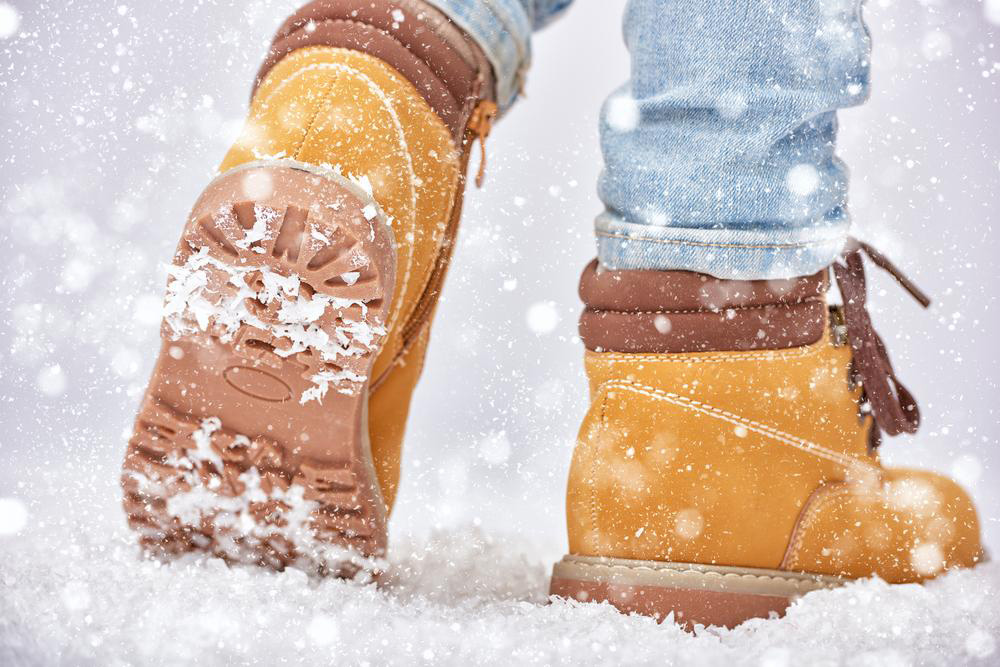5 things to consider when buying winter boots for kids
Your kid would want to have some fun and frolic during the winter months. However, when you go to the closet and find last years boots, alas, you find that the boot is falling apart from wear and tear, and your child has outgrown them anyway. That’s what can happen if you don’t do a little research before buying a pair of winter boots for your kids.

Winter boots are excellent for preventing frostbite. They should keep snow and water from getting inside the shoe and keep your child’s feet warm and dry. Getting the right pair of winter boots is also important for the structure and development of your kids’ feet. Here are four things to take into consideration when shopping for a good pair of winter boots for your kids.
Get The Right Size
Make sure you measure their feet and the height you want. Ankle boots allow your child to run freely and they are easy to put on. Since keeping snow and water away is the primary function of kid’s boots, the recommended height for snow boots for children is up to the mid-calves. Ensuring the proper boot height will let your kid walk through deep snow without it dropping into their boots.
Waterproof vs. Water Resistant
Water resistant gives a certain degree of resistance against dampness, such as a light drizzle or shallow puddles. But water resistant boots don’t give them full protection. If your child likes splashing in puddles or is liable to be outside for hours, get waterproof boots. Waterproofed boots have proper lining and reinforced seams to ensure they don’t get their feet wet.
Ensure Proper Insulation
Taking note of the material the boots are made up of can help you decide on the degree of insulation. Proper insulation ensures their feet don’t get frost bites during periods of heavy snow and cold temperatures. Insulation such as wool is ideal. Wool is light, warm, dries quickly, and is comfortable too. Some modern man-made insulation can also be good but make sure it’s not a heavy cotton, which will take a long time to dry.
Get Breathable Boots
Good insulation and proper waterproofing won’t let moisture get in. But warmth inside the boots can lead to sweat and moisture accumulation inside the boots. To prevent this, get breathable boots since they let the moisture go out and not in. They prevent sweaty feet, keeping them dry and warm inside the boots, and also helping to minimize bad shoe smells.
Heavy Soles With Good Traction
Also, make sure their boots come with a heavy outer sole. You want better traction with the ground and ensure the sole doesn’t lose grip on the snow and ice. A good grip on the ground is essential to comfort and better mobility.











